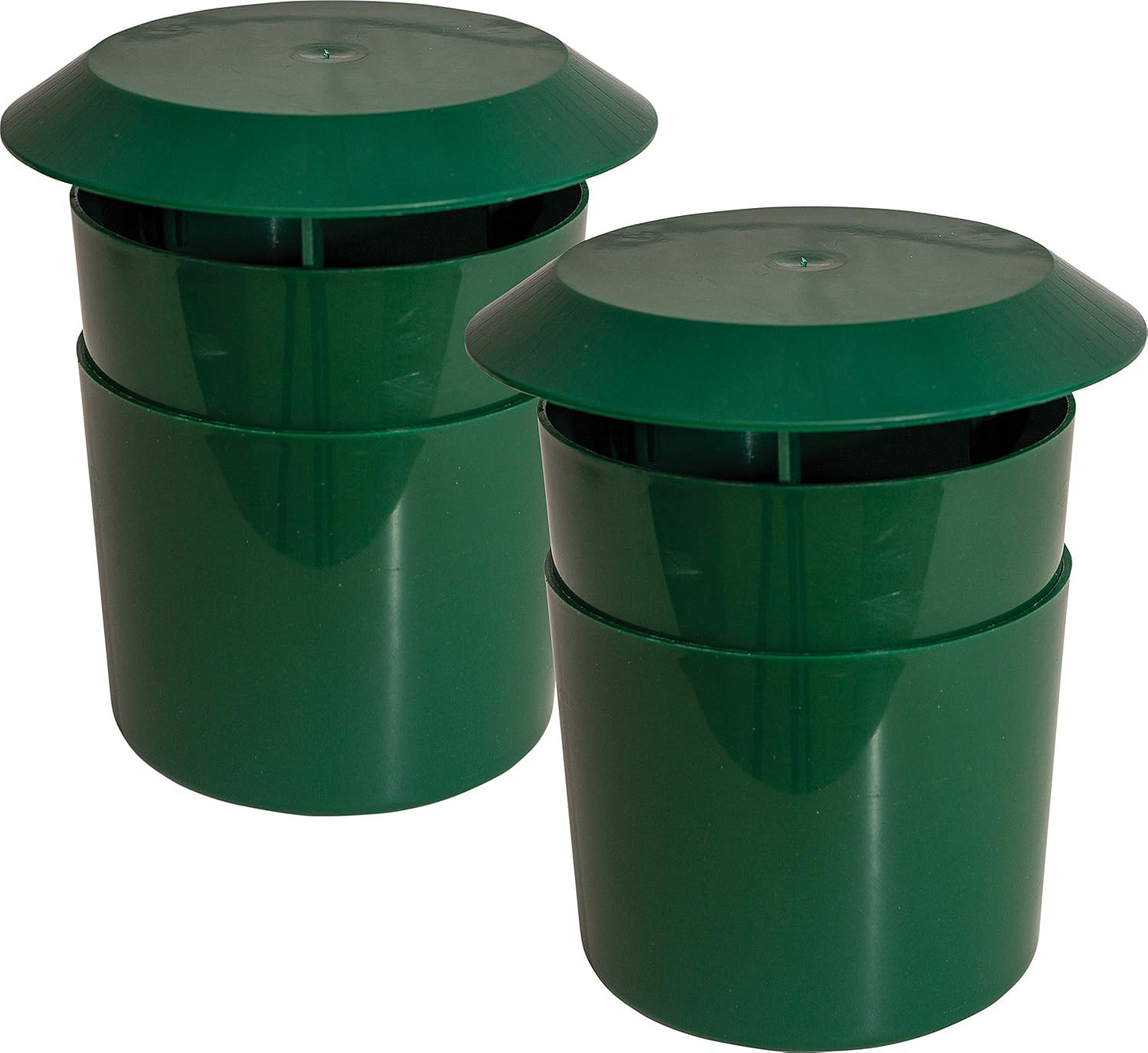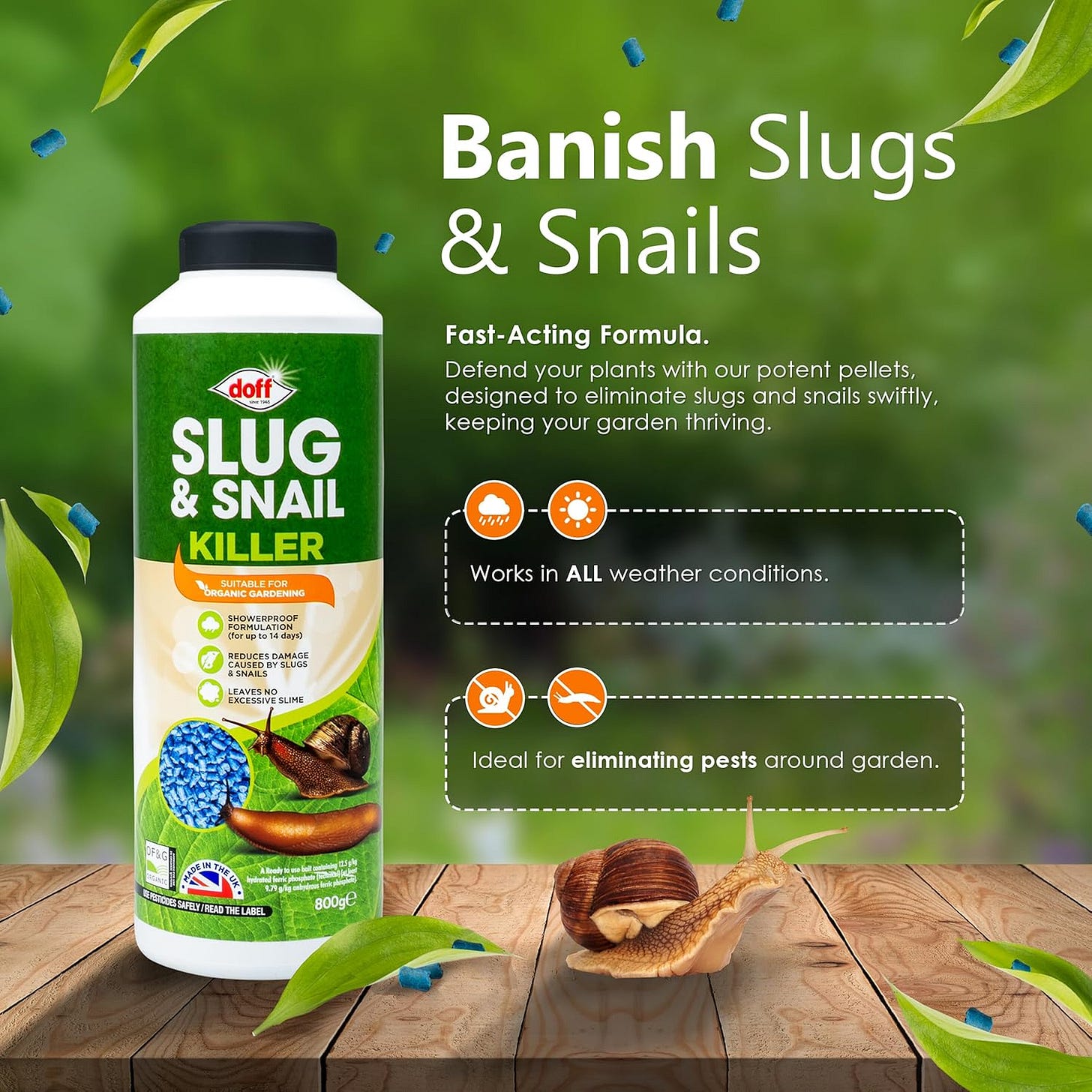A Guide to Sunflower Pest Management
At the time of writing (May 2025) many UK gardeners are currently growing their sunflowers from seed and so it is a good time to review how to keep pests under control.
While generally robust, sunflowers can face challenges from various pests, especially during their delicate seedling stage. Understanding how to identify, manage, and prevent these unwelcome guests is essential for cultivating healthy and flourishing sunflowers.
Meet the Usual Suspects:
Several pests commonly target sunflowers. Slugs and snails 🐌 are notorious for feasting on young, tender seedlings, leaving behind irregular holes and silvery trails. Aphids, small sap-sucking insects, cluster on stems and undersides of leaves, potentially causing stunted growth and yellowing. The sunflower moth poses a significant threat to developing flower heads, with its larvae burrowing into seeds and creating webbing and frass. Various caterpillars, including cutworms (which can sever young stems) and thistle caterpillars (which defoliate leaves), can also cause damage. Sunflower beetles, both as adults and larvae, chew distinctive holes in leaves. Earwigs may nibble on leaves, buds, and flowers. Finally, birds and squirrels can become problematic as seeds ripen, targeting the developing bounty.
Spotting the Trouble:
Accurate identification is the first step in effective pest management. Look for the slimy bodies and trails of slugs and snails. Aphids are tiny, pear-shaped insects often found in clusters. Sunflower moth larvae leave behind silk-like webbing and dark frass on flower heads. Cutworms often sever seedlings at the base, while thistle caterpillars create irregular holes in leaves. Sunflower beetle adults are round with reddish-brown stripes, and their larvae are plump and pale green. Earwigs are reddish-brown with characteristic pincers. Bird and squirrel damage is evident by pecked or missing seeds.
Going Green: Organic Control Methods:
For environmentally conscious gardeners, numerous organic methods can effectively manage sunflower pests. Handpicking slugs and snails, creating barriers with copper tape or diatomaceous earth, and using beer traps are effective - but some would say a waste of good beer!
Beer traps can be made from old jars or plastic bottles, but traps with can also be purchased like those pictured below.
Note: As an Amazon Associate, I earn from qualifying purchases.
A strong spray of water or insecticidal soap can dislodge aphids. Encourage natural predators like ladybirds and lacewings. For sunflower moths, handpick infested heads and consider Bacillus thuringiensis (Bt). Physical barriers like collars can protect seedlings from cutworms. Netting can deter birds and squirrels from ripening seeds.
When Necessary: Chemical Control Options:
In severe infestations, especially during wet springs when slugs and snails flourish, chemical controls might be considered. Always follow product labels carefully and be mindful of pollinators. Apply insecticides in the early morning or late evening when bees are less active. Options include metaldehyde or iron phosphate pellets for slugs and snails (use metaldehyde with caution due to toxicity to pets), pyrethroid-based insecticides for aphids and other insects, and specific products for sunflower moths and other caterpillars. Always wear protective gear when applying chemical pesticides.
Note: As an Amazon Associate, I earn from qualifying purchases.
Prevention is Key:
Preventative measures are often the most effective. Start with healthy, vigorous plants in well-draining soil and full sun. Practice good garden hygiene by removing weeds and debris. Companion planting with aromatic herbs may deter some pests. Regularly monitor your plants for early signs of trouble.
Nature's Allies: Beneficial Insects:
Encourage beneficial insects like ladybirds, lacewings, parasitic wasps, and ground beetles, which prey on common sunflower pests. Plant a diverse range of flowering plants to provide them with nectar and pollen, offer a water source, and avoid broad-spectrum pesticides.
By understanding the common pests, employing appropriate management strategies, and focusing on preventative measures, you can ensure your sunflowers thrive and bring their cheerful radiance to your garden, pest-free.






